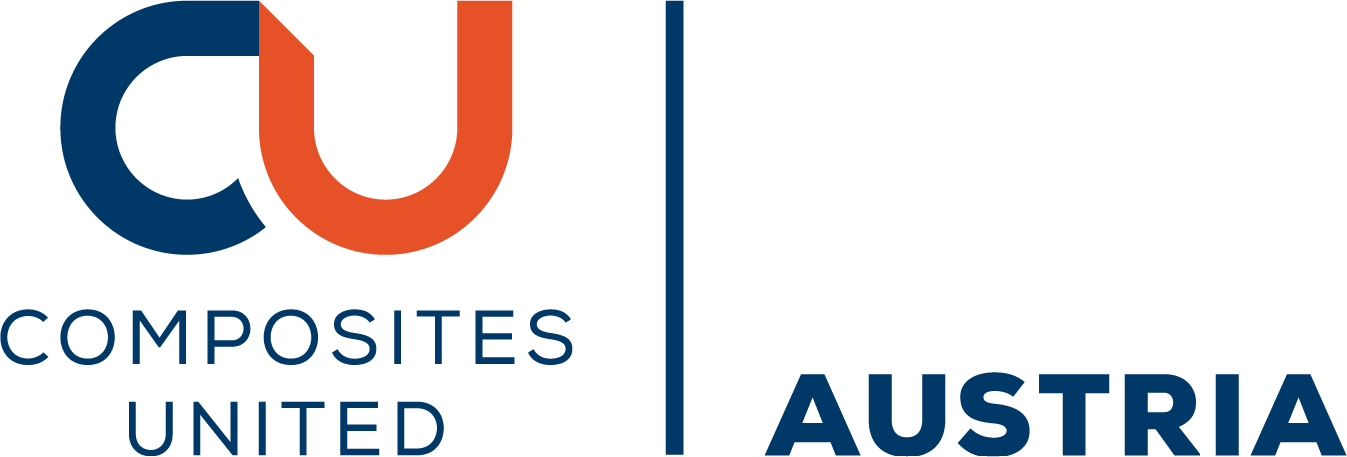
Attraction of Crack Faces: In-situ Experimental Characterisation of the Cohesive Traction Field in Delaminations
Please login to view abstract download link
Laminated composites made from fibre-reinforced polymers are used as structural components in many high performance and weight critical structures such as wind turbine blades. Generally, the structures are exposed to fatigue loading with highly varying load amplitudes, where the structures fail as delaminations initiate and propagate, reducing the strength and stiffness of the material until ultimate failure. Recent studies [1,2] have observed load history effects involving significantly increased crack growth of delaminations compared to existing prediction models as a response to changes in fatigue load amplitude. To account for the increased crack growth, it is necessary to improve our understanding of the governing mechanisms behind the load history effects observed. To further investigate the load history effects, a novel method has been developed for in-situ characterisation of the traction field in the crack interface greatly improving existing methods [3]. The traction field is central to understanding the crack tip shielding effect from bridging fibres and how fibre bridging is affected by changes in fatigue load amplitude. The method utilises inverse parameter identification, adjusting parameters describing the traction field applied to a finite element model to minimise the difference between strains measured in experiments using digital image correlation and the corresponding strains evaluated using the finite element model. The method relies solely on the strains measured in experiments at a given moment in time, which enables characterisation of the traction field at several points in time through changes to the applied loading. The method is validated against a simulation of an experiment with a known cohesive law providing a known ground truth for the traction field. To provide a better understanding of load history effects, the method is used to characterise the traction field across changes in applied loading, showing how load history affects the traction field and crack tip shielding.






